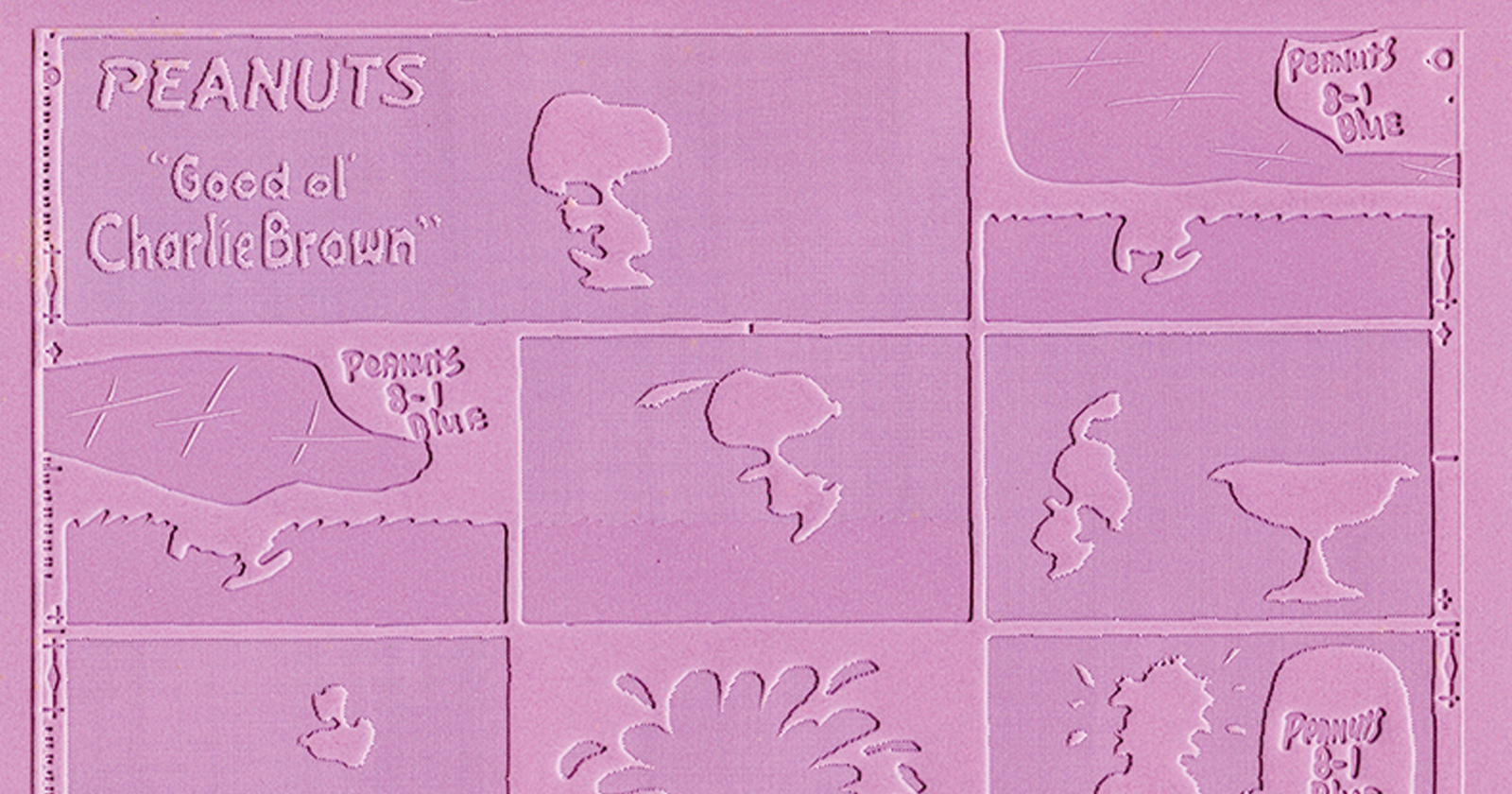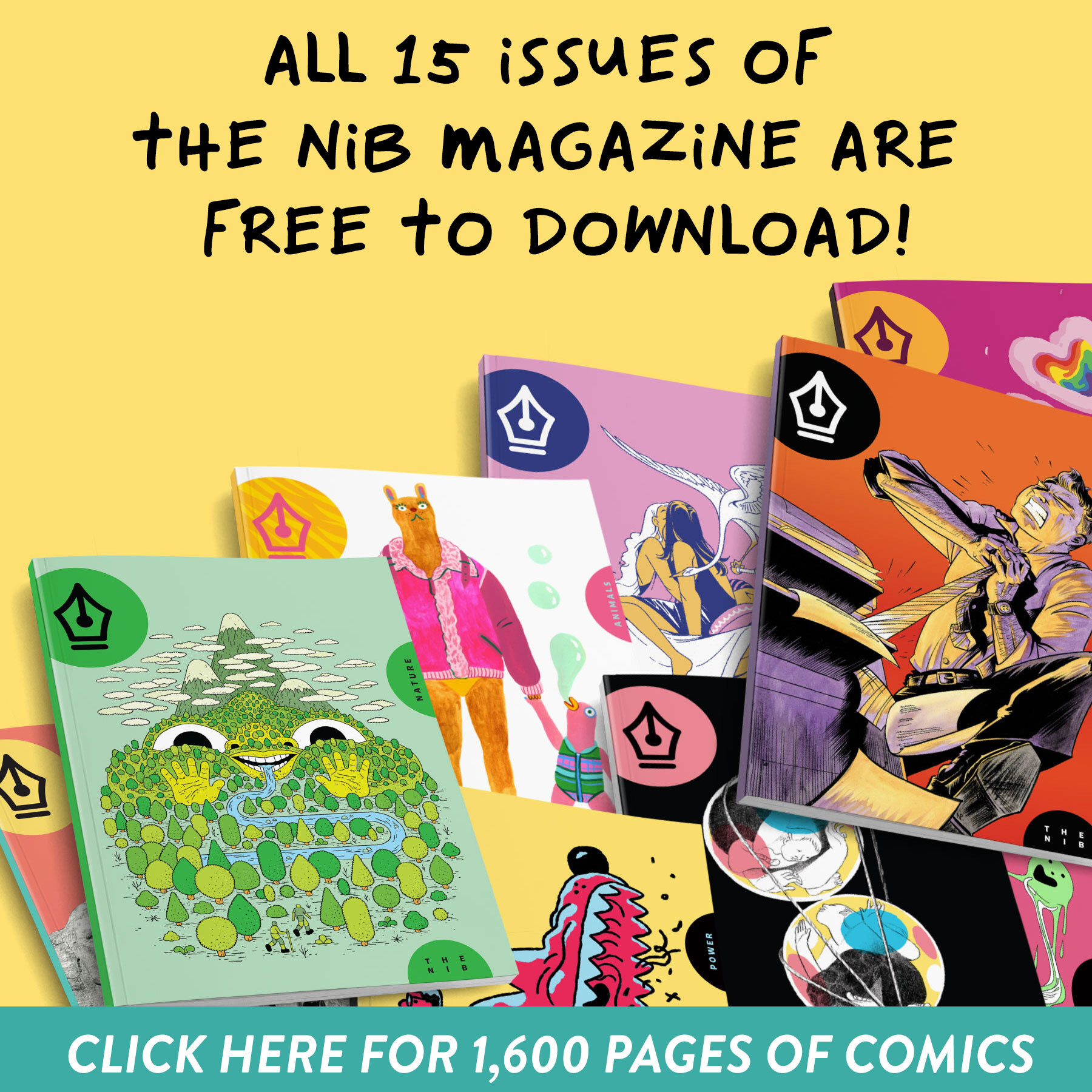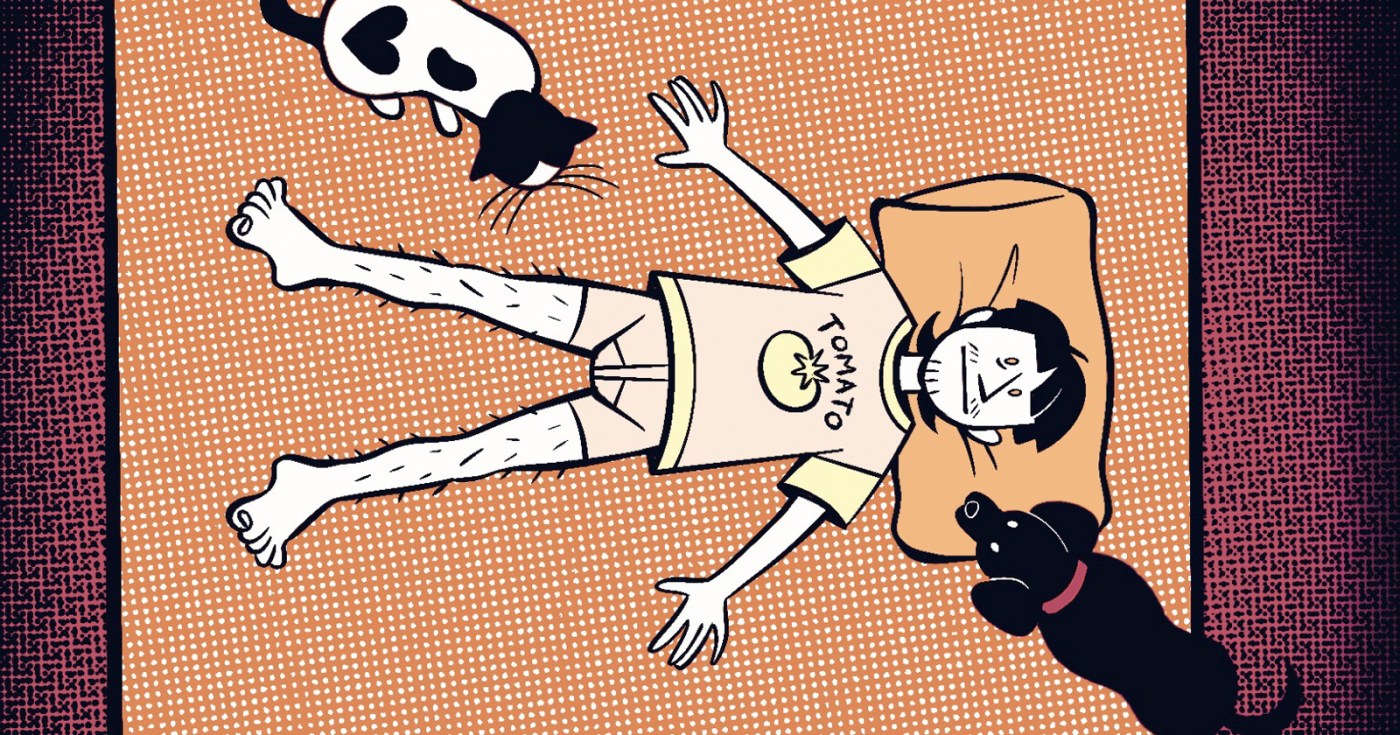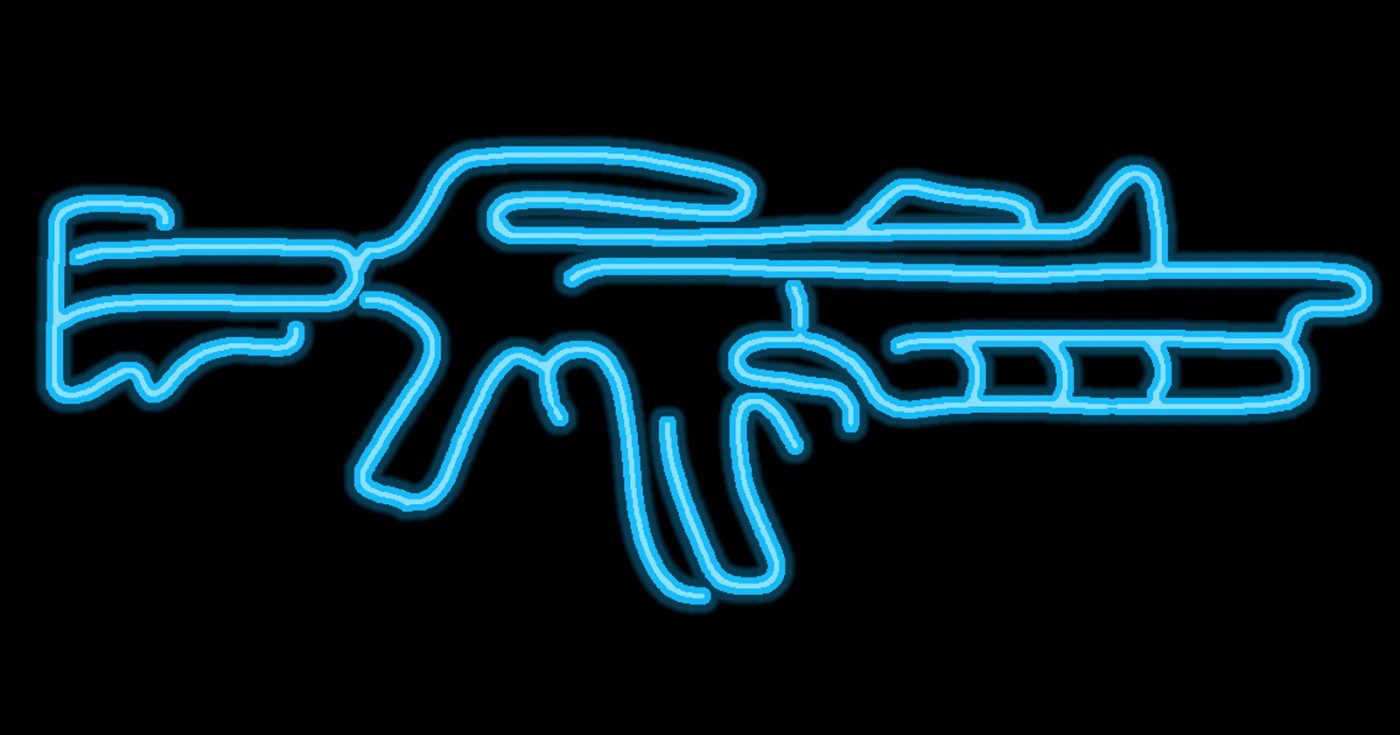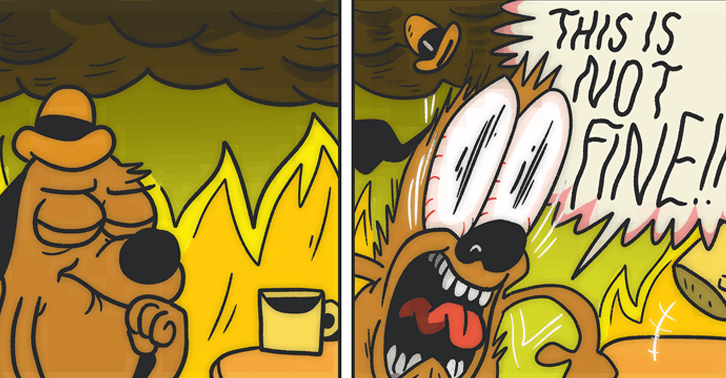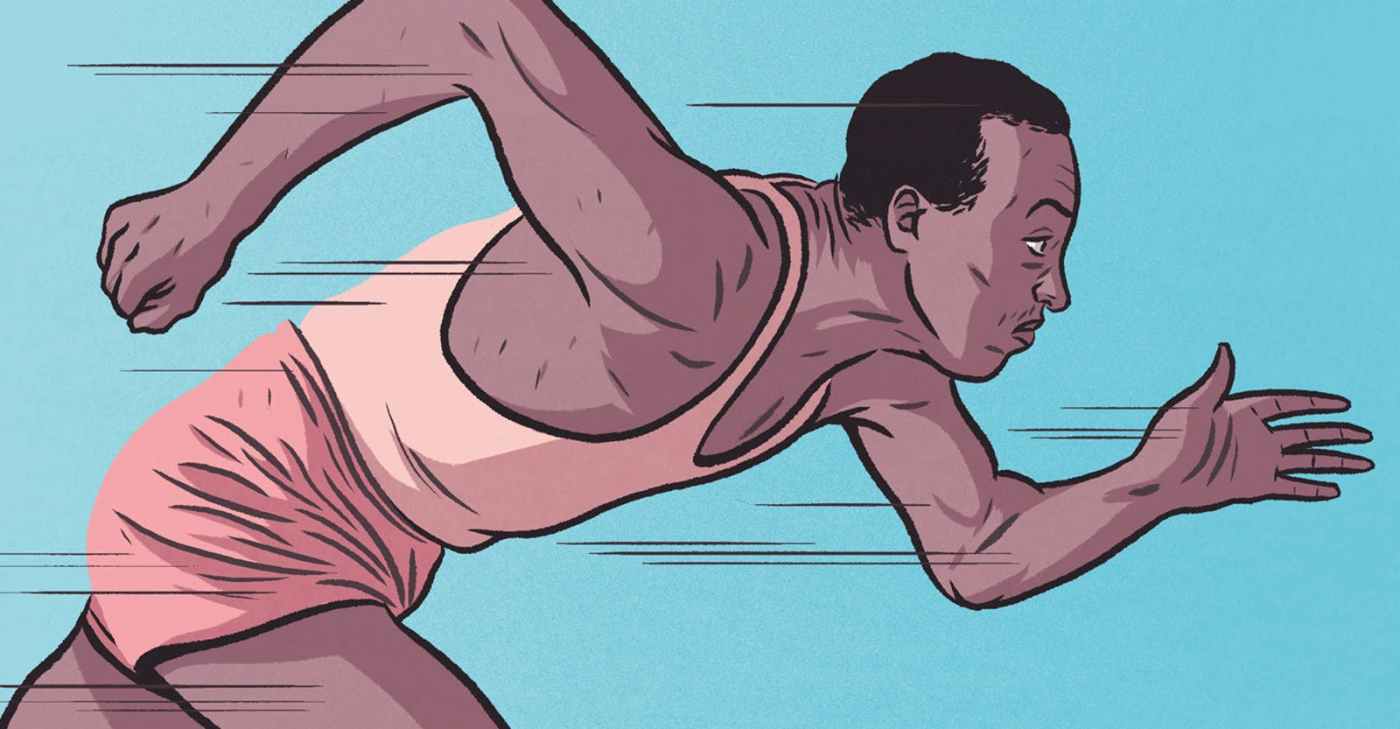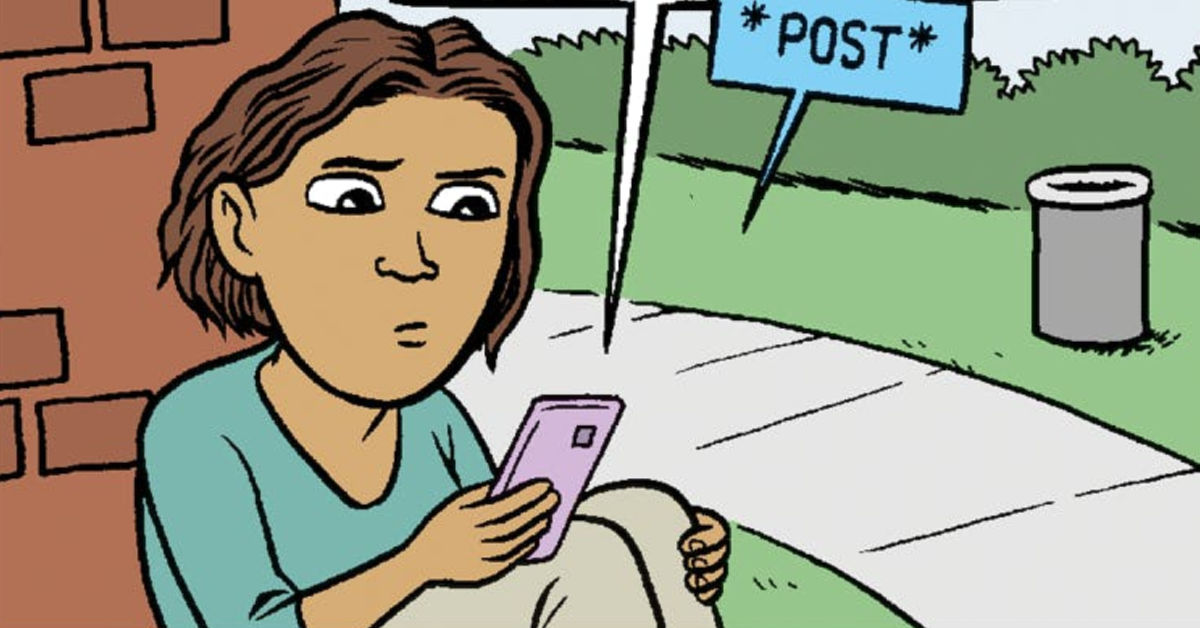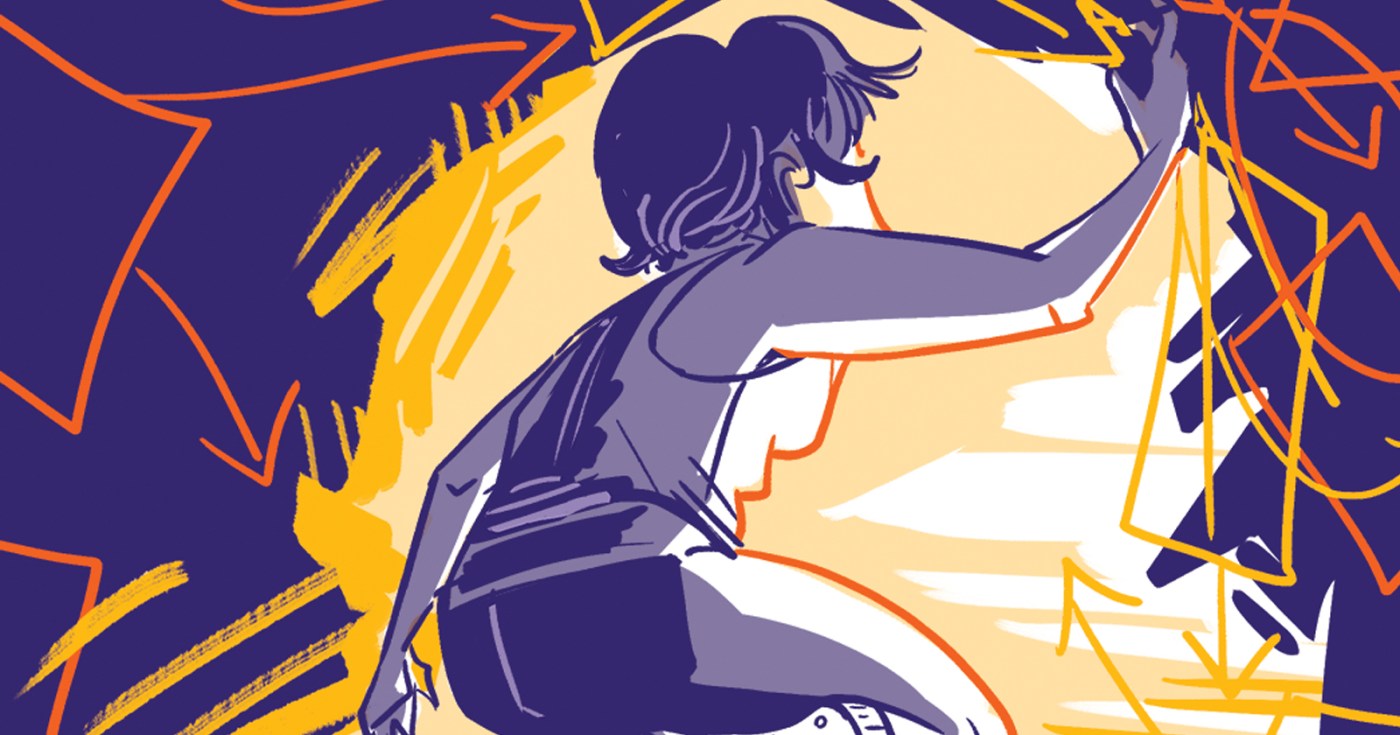During World War I, President Woodrow Wilson established the Committee on Public Information (CPI) to coordinate messaging that would influence public support of the war effort. George Creel, a journalist and cunning salesman, was appointed chairman of the agency, which became a propaganda machine for the U.S. government. On the homefront, the CPI used posters and cartoon art to support their war agenda and campaigns, which included Liberty Loans, Red Cross support, draft registration, and, as seen in the images here, food rationing.
Charles Dana Gibson, creator of the “Gibson Girl,” was named head of the CPI’s Division of Pictorial Publicity. He enlisted some of the nation’s most famous and patriotic artists to design and illustrate posters using bold, emotionally stirring, and eye-catching imagery. These posters, such as the examples by Paul Stahr and Cushman Parker shown here, were plastered across store windows, college campuses, train stations, hospitals, libraries, and billboards throughout the country.
Food rationing was encouraged; meat, white sugar, wheats, and fat were needed overseas to feed the military and aid the food crisis among U.S. allies in Europe. Slogans such as “Meatless Mondays” and “Wheatless Wednesdays” were coined, and families were encouraged to do their part by growing “liberty gardens” so commercially grown goods could be redirected abroad. Local food boards were established to help families learn canning skills, promote fruit-centric recipes, and use corn syrup and other substitutions.
For the folks at home, food conservation was a meaningful way to contribute to a battle so many of their family members, neighbors, and friends were actively serving in overseas. It proved enormously successful: Between 1918 and 1919, food consumption in America was reduced by 15 percent, and food shipments to Europe doubled.
The CPI’s Bureau of Cartoons published a weekly bulletin that was sent to newspapers across the country with topics promoting the agency’s various agendas. Billy Ireland, whose editorial cartoon for the Columbus Dispatch in 1917 can be seen here, would likely have been a recipient of the bulletin. In Hess and Kaplan’s The Ungentlemanly Art: A History of American Political Cartoons they observe that “For most American cartoonists […] the coming of the war meant patriotism replaced originality, and their role, as they saw it, became little more than government cheerleader.”
—Caitlin McGurk, Associate Curator & Associate Professor, The Ohio State University Billy Ireland Cartoon Library & Museum

Billy Ireland – ‘Food Will Win The War’—Hoover,” September 21, 1917. From the Milton Caniff Collection at The Ohio State University Billy Ireland Cartoon Library & Museum.

Cushman Parker – “Little Americans Do Your Bit,” ca. 1917-1919. 38 39 From The Ohio State University Billy Ireland Cartoon Library & Museum.

Paul Stahr – “Be Patriotic. Sign Your Country’s Pledge to Save the Food,” ca. 1917-1919. From The Ohio State University Billy Ireland Cartoon Library & Museum.

Featured in Lists: From the Food Issue



